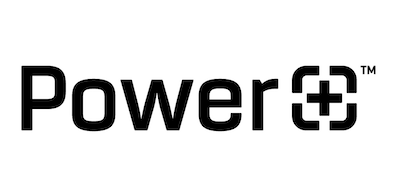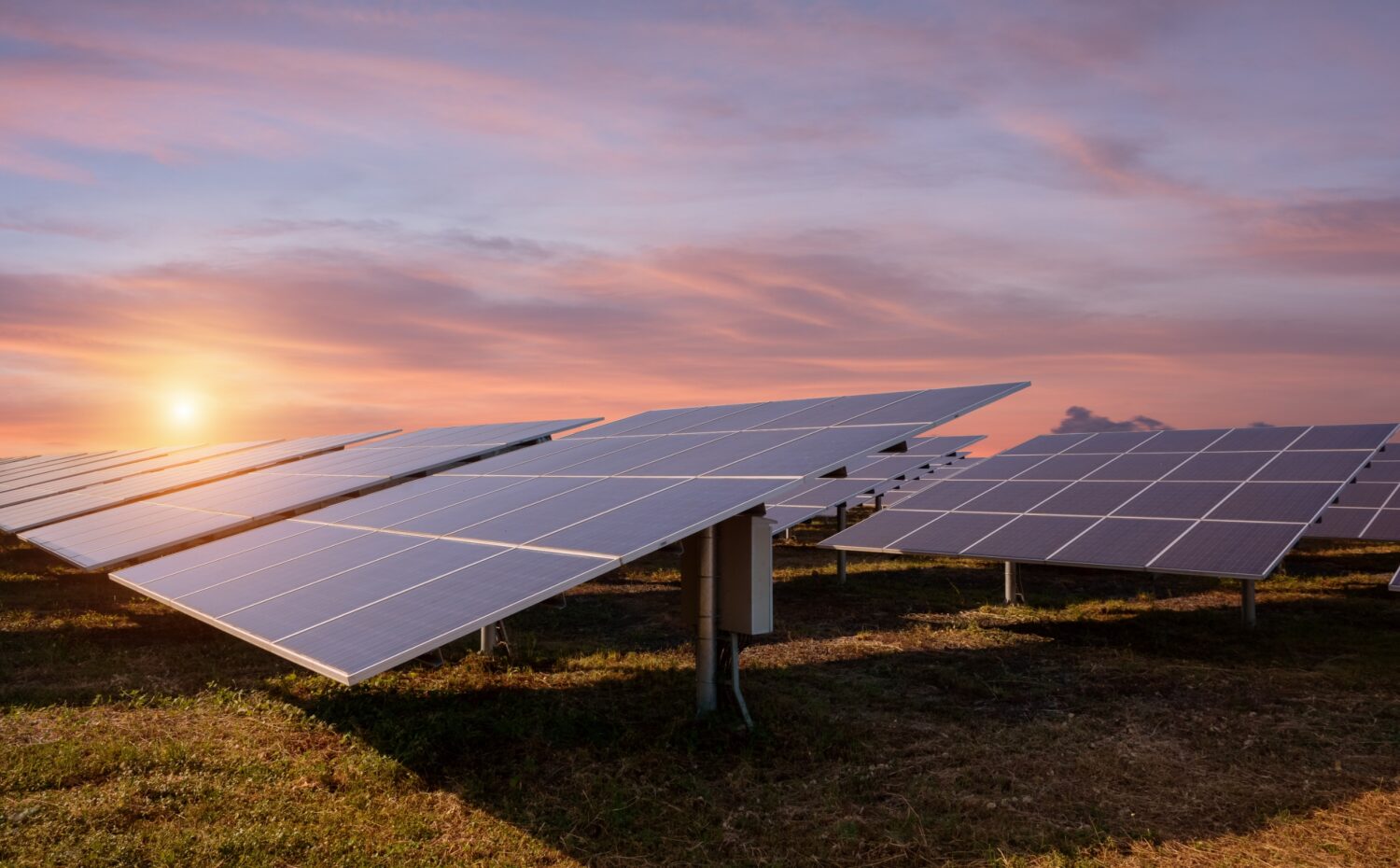

On a home with 12.00 kW solar panels, one Powerwall is enough for about 2.5 days of 'whole home backup.' If you get two Powerwalls for that same setup, you're looking at more than seven days of backup energy.Ĭonsidering the Powerwall's utility - and that you can only buy one during the initial Solar Roof or Solar Panels purchase - it's safe to say that the Powerwall is probably worth it for anyone already outfitting their home with solar energy alternatives. Since the Powerwall stores solar energy and backs it up for later use, it acts as a reusable battery on cloudy days when your solar panels/roof don't get adequate energy. Related: What Is The Tesla Robotaxi & When Will It Launch?Ī Powerwall is also extremely useful for homes that don't always have ample sunlight. As is often the case with Tesla, the outlay is where things are expensive, but the company’s products tend to come with the expectation that their true cost will be lower over time. Arguably, in areas where homes are more frequently prone to power outages, having a way to keep the lights on could make Powerwall an excellent option. Whether Tesla’s Powerwall is worth it will largely come down to the individual home and its requirements. Your final price may be substantially lower or higher depending on your home, but regardless of how that changes, a single Powerwall will always cost $11,000 on top of the rest of your solar system.

As a rough example, 12.00 kW of solar panels with one Powerwall costs $35,118 - but that's before an estimated federal tax credit of over $9,000.

Tesla recommends how many Powerwalls you should buy depending on your home and current electricity bill, so it's important not to over or under-buy when making the initial purchase.Īs for the cost of the total Solar Roof or Solar Panels purchase, that varies dramatically from home to home. Where one Powerwall costs $11,000, buying two Powerwalls is $18,000 - or $9,000 per unit instead of $11,000. And while buying multiple Powerwalls means spending even more money, the cost per unit is significantly less. When signing up for Tesla's Solar Roof or Solar Panels, you can purchase up to 10 Powerwalls for your home. That's an increase over the $7,500 price Tesla used to charge in 2020, which was already higher than the $3,000 price a Powerwall originally cost in 2015. As part of that process, a Tesla Powerwall can be purchased for $11,000. Instead, you need to purchase it when signing up for Tesla's Solar Roof or Solar Panels. There's no denying that the Powerwall is an impressive piece of tech, but it also has many people wondering how much a Tesla Powerwall costs for all that functionality.Īt the time of publication, Tesla doesn't sell the Powerwall as a standalone product. Think of it as a backup generator/battery for your home's solar energy. It also stores extra solar energy so you can keep reducing your electrical grid usage even when there's not much sunlight. The Powerwall can detect when an outage occurs and then automatically enable itself to provide power to the home and all the electrical devices inside. Tesla’s Powerwall stores energy for emergency situations, such as during a power outage. Related: How Much It Costs To Charge A Tesla The Model 3 and Model Y are cheaper versions of the S and X, respectively, offering the core Tesla experience at a lower price. Outside of its cars, Tesla also offers power and energy solutions for the home - including solar panels, solar roofs, and the Powerwall. The Model X delivers similarly robust power in a larger SUV footprint. The Tesla Model S is the best choice if you want Tesla's fastest and most capable consumer vehicle. With a variety of Model-branded EVs to choose from, the company offers an option for most buyers. Tesla is probably best-known for its electric vehicles.


 0 kommentar(er)
0 kommentar(er)
